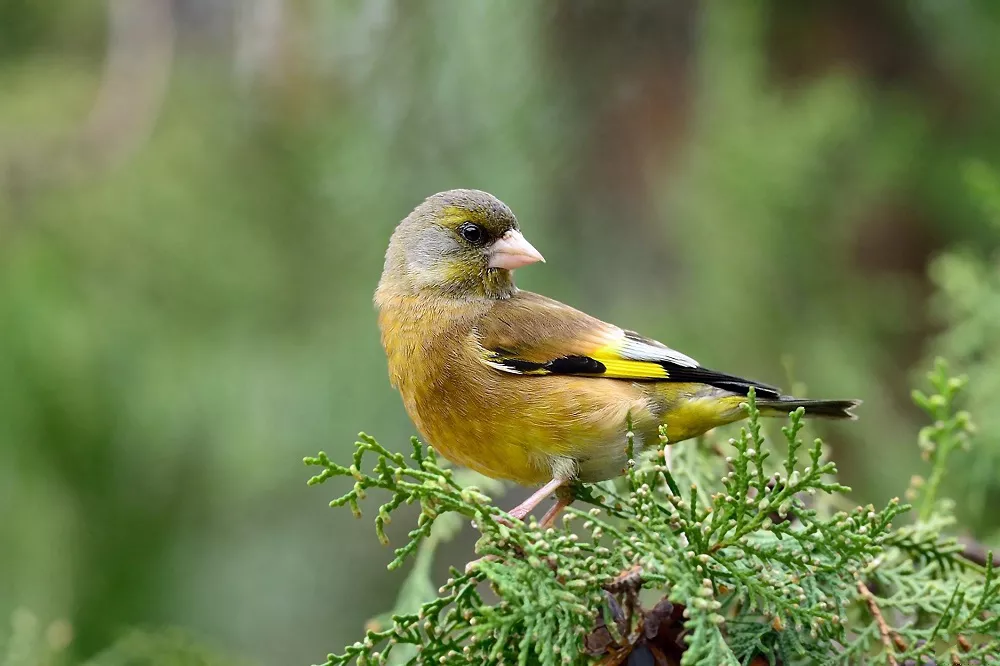Goldfinches are small, brightly colored songbirds found throughout North America. They are a favorite among backyard birdwatchers, with their vibrant plumage and lively song. However, to attract and keep Goldfinches in the backyard, it is important to understand their dietary needs.
Basic Dietary Needs of Goldfinches:
Goldfinches are primarily seed-eaters and require a high-protein diet for optimal health and breeding success. Providing a variety of high-quality seeds is crucial, including thistle (also known as nyjer or niger), sunflower, and safflower seeds. These seeds provide essential vitamins, minerals, and nutrients, including calcium and iron.
Fresh Fruits and Vegetables:
While Goldfinches primarily eat seeds, they also enjoy fresh fruits and vegetables, especially during the breeding season. Apples, oranges, grapes, and broccoli are good options to offer. A varied diet can help ensure that Goldfinches get all the nutrients they need.
Commercial Diets for Goldfinches:
Commercial diets, such as specially formulated birdseed blends or pellets, can also be an option for feeding Goldfinches. However, it is important to choose a diet specifically formulated for Goldfinches, as generic birdseed blends may not provide the necessary nutrients. While commercial diets can be a convenient option, they should not be the sole source of food for Goldfinches.
Water and Supplements:
Goldfinches require regular hydration for optimal health and digestion, so it is important to provide fresh, clean water at all times. Supplements such as grit and cuttlebone can provide additional minerals and nutrients, but they should not be relied upon as the primary source of nutrients for Goldfinches.
Feeding Tips for Attracting Goldfinches:
To attract and keep Goldfinches in the backyard, it is important to provide a consistent food source. Offering nyjer/thistle seed in specialized feeders can be particularly effective, as Goldfinches are particularly fond of this seed and will often visit feeders exclusively for it. Goldfinches are social birds and may be attracted to feeders in groups, particularly during the breeding season.
Conclusion:
By providing a varied diet of high-quality seeds, fresh fruits and vegetables, and clean water, backyard birdwatchers can attract and support healthy and stimulating Goldfinch populations. Understanding the dietary needs of Goldfinches is essential for creating a welcoming and supportive backyard habitat for these beautiful birds.
Related topics:
- What does a Goldfinch look like?
- How long do Goldfinches live?
- What does a Goldfinch nest look like?


 Facebook
Facebook  Instagram
Instagram  Youtube
Youtube 